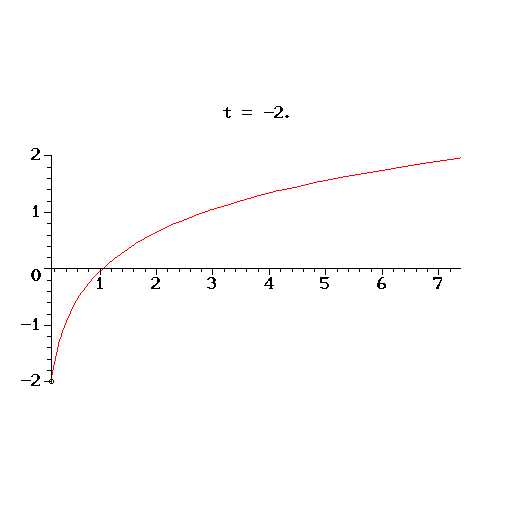To obtain a parametric curve matching the graph of the inverse of a function, let
To obtain a parametric curve matching the graph of the inverse of a function,
let ![]() in the definition
in the definition ![]() be the function we want to plot the inverse
of, and let
be the function we want to plot the inverse
of, and let ![]() in
in ![]() be the identity function, that is, let
be the identity function, that is, let ![]() .
.


Any time ![]() is some function of
is some function of ![]() and
and ![]() is the identity function,
is the identity function,
the parametric curve will be the same as the graph of
![]() .
.
The above graph matches that of ![]() , the inverse of the function
, the inverse of the function ![]() .
.